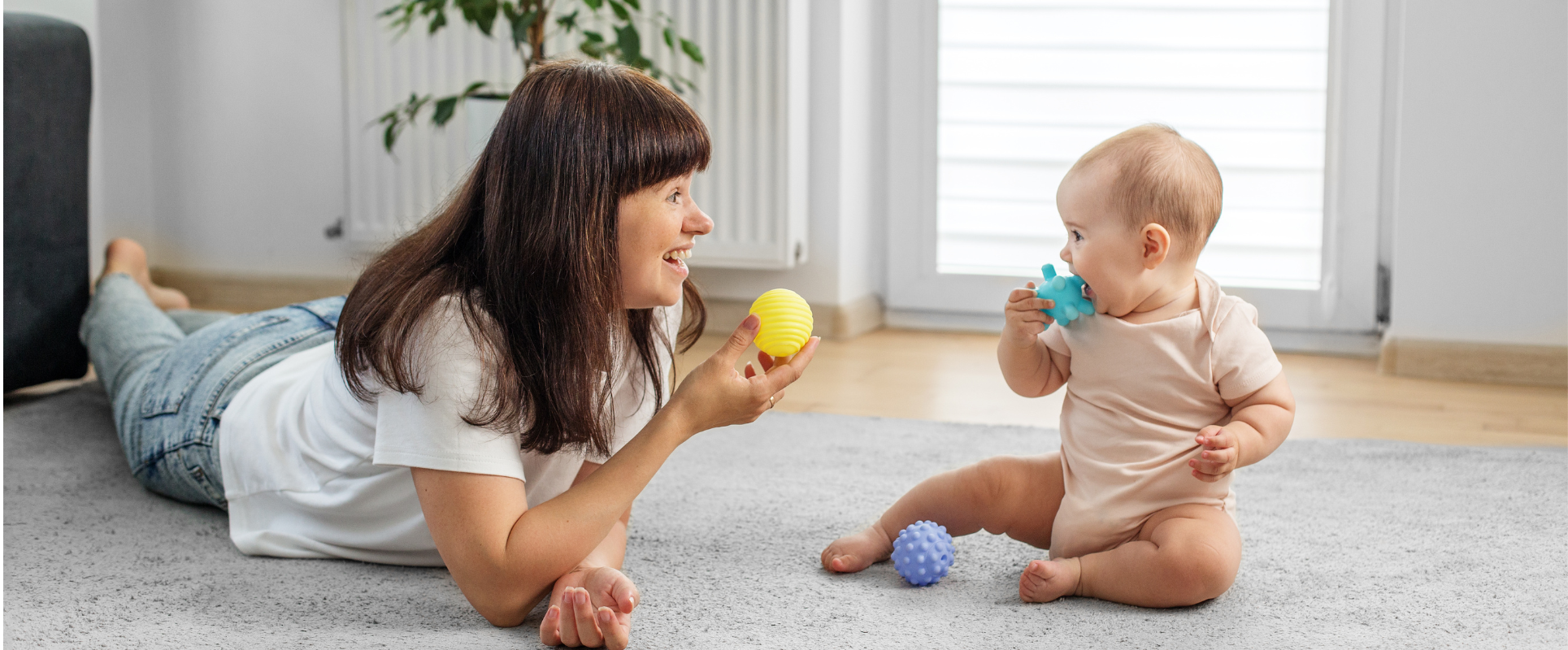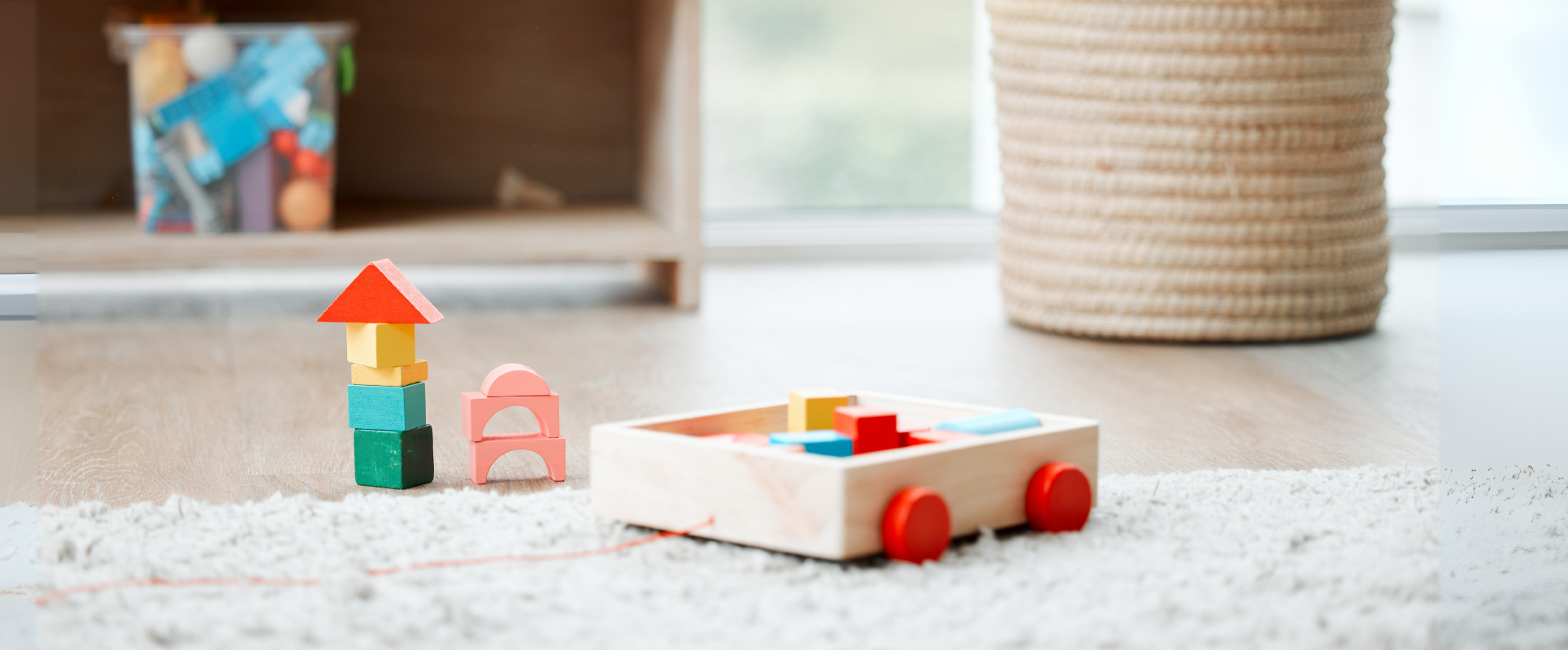
Bed Bug Bites in Children: How to Identify, Treat and Prevent
What Are Bed Bugs?
Bed bugs (Cimex lectularius) are tiny, flat, reddish-brown insects that feed on blood, often at night when people are asleep. They are about the size of an apple seed and hide in cracks, mattress seams and bed frames.
Bed bugs are not known to transmit diseases, but their bites can cause itching, discomfort, and sleep disturbances in children.
How to Identify Bed Bug Bites on Children
Bed bug bites often appear as small, red, itchy bumps in a line or cluster, usually on areas exposed during sleep such as the face, neck, arms and legs. Some children may develop larger welts, swelling, or blister-like reactions due to sensitive skin.
Symptoms of bed bug bites in children may include:
-
Itchy red spots, often in a zig-zag pattern
-
Swelling or redness around the bite
-
Small blisters (in some cases)
-
Irritability and sleep disruption from itching
Tip: If you notice these symptoms, check mattress seams, bed frames and nearby furniture for live bugs, dark spots (feces) or shed skins.
Are Bed Bug Bites Dangerous for Children?
While bed bug bites are generally not dangerous, excessive scratching can lead to secondary skin infections such as impetigo or cellulitis. Children with eczema may experience worsening skin irritation.
Bed bug bites can also impact mental well-being by disrupting sleep and causing anxiety about bedtime.
How to Treat Bed Bug Bites on Children
Most bed bug bites heal within 1–2 weeks without treatment. To relieve your child’s discomfort:
- Wash the bites with soap and water to prevent infection.
- Apply a cold compress to reduce swelling and itching.
- Use over-the-counter anti-itch creams such as 1% hydrocortisone if recommended by your pediatrician.
- Give oral antihistamines (like cetirizine or loratadine) if itching is severe (consult your doctor first).
- Keep your child’s nails trimmed to avoid scratching.
Seek medical advice if:
-
The bites show signs of infection (pus, warmth, increasing redness).
-
Your child develops an allergic reaction (difficulty breathing, widespread hives).
-
Symptoms worsen despite home care.
How to Check Your Home for Bed Bugs
Regular inspections help prevent infestations:
-
Look for live bed bugs in mattress seams, behind headboards, and under furniture.
-
Check for small dark stains (bed bug droppings) or shed skins.
-
Use a flashlight to inspect cracks and crevices.
How to Prevent Bed Bug Bites in Children
- Encase mattresses and pillows in bed bug-proof covers.
- Regularly wash bedding in hot water (at least 60°C/140°F) and dry on high heat.
- Vacuum beds, carpets and nearby furniture frequently.
- Avoid buying secondhand mattresses or upholstered furniture unless inspected.
- After travel, inspect luggage and wash clothes immediately.
If you discover bed bugs, contact a licensed pest control professional. DIY methods often fail as bed bugs can hide in tiny cracks and are resistant to many insecticides.
When to Seek Professional Help
If your child is repeatedly getting bitten and you cannot locate or eliminate bed bugs, professional extermination is recommended to prevent further bites and stress.
Final Thoughts
Bed bug bites in children can be uncomfortable and disruptive but are not typically dangerous. Prompt identification, symptom management and a proactive approach to prevention can help your child stay comfortable and sleep peacefully.
For persistent concerns or severe reactions, always seek medical advice.
Sources
-
Centers for Disease Control and Prevention (CDC): https://www.cdc.gov/bed-bugs/about/
-
Mayo Clinic: https://www.mayoclinic.org/diseases-conditions/bedbugs/symptoms-causes/syc-20370001
-
American Academy of Dermatology: Bed Bugs: Tips for Management : https://www.aad.org/public/diseases/a-z/bed-bugs-treatment
-
Environmental Protection Agency (EPA): https://www.epa.gov/bedbugs








